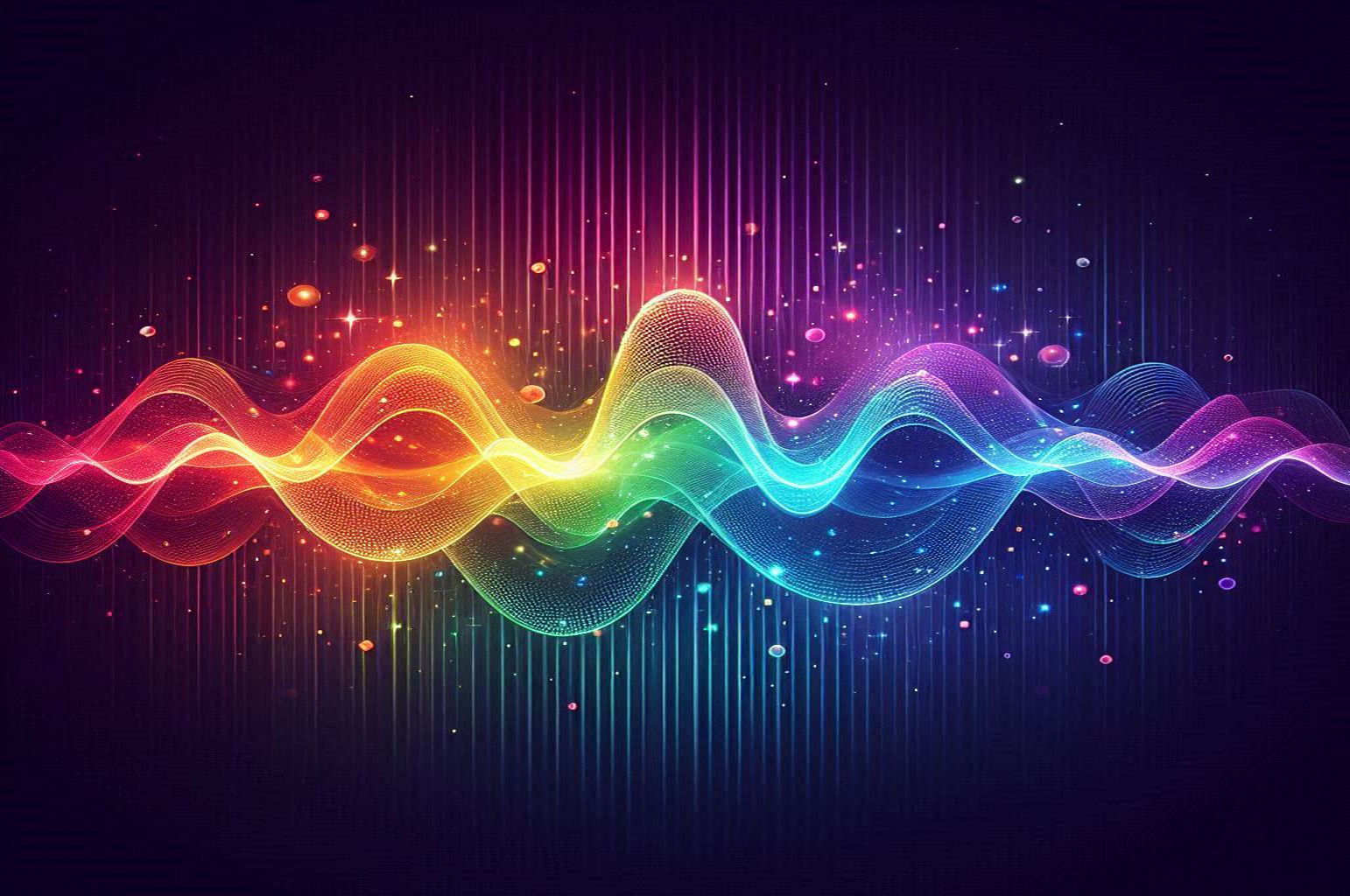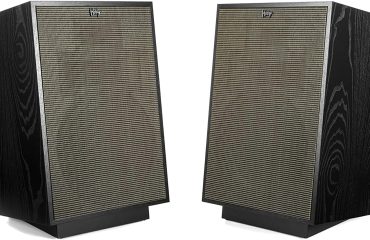Part Three:
The Source of High Fidelity
(NOTE: This section and the ones linked to it are excerpts from Gerard Rejskind’s best-selling book, The World of High Fidelity)
“In the beginning…” is the way the book of Genesis starts. It’s a good start for this chapter too: “In the beginning, there was the source.”
One hallmark of the mid-fi store is that its sales clerks (and in most cases they are no more than clerks) will tell you that the loudspeaker is the most important part of the audio system. Or, failing that, they’ll tell you that the amplifier (or the receiver) is the “heart” of the system and is, by implication, of first importance. They are wrong. The principle we at UHF Magazine have defended most strongly is that the source comes first.
And yet the mid-fi claim is seductive, because showroom tests can appear to confirm it. Switch amplifiers in most stores and you’ll hear only a hint of a difference. But change speakers, and the sound changes completely. Most magazine tests reinforce the impression. Amplifiers, CD players and even turntables are within a gnat’s eyelash of perfection, which means the best ones must all sound the same. Speakers, on the other hand, differ wildly in measured specifications. So shouldn’t you spend most of your energy in selecting speakers…and most of your money in buying them?
No. Look at the source first. This topic truly does deserve its own chapter.
It seems intuitively obvious that if it is true that amplifiers, CD players and turntables are so good they are near the maximum possible quality, then the loudspeaker — which is unquestionably less developed — must be the component that does the most to drag down the quality of a high fidelity system. And if that is true, then it makes eminent sense to pay the most attention to the performance of the loudspeaker. Notice the two “ifs.”
But it isn’t true.
It appears to be true because the measurements made by manufacturers and by the most widely-distributed magazines seem to confirm it. If you believe those figures, any imperfections remaining in a $300 Compact Disc player cannot possibly be audible. You cannot hear noise that is 96 decibels below full level, nor will you be bothered by a hundredth of one percent of harmonic distortion. So why spend scarce resources to get marginally better figures when we know that the flaws in loudspeakers are hundreds of times greater?
The argument is all the more seductive because independent laboratories (most of them, however, attached to magazines funded by advertising) regularly confirm that the products are at least as good as their published specifications, and usually even better. Can the labs be trusted? Generally, yes, but witnesses at a trial must swear to tell the truth, the whole truth and nothing but the truth; the lab measurements tell the truth, but they don’t tell the whole truth.
Most of these measurements were in fact established at the dawn of modern high fidelity, some 40 years ago. At that time, many expensive amplifiers suffered from excessive distortion (4% or more) and noise (as poor as -40 dB). Turntables generally produced audible rumbling sounds, and their speed stability was often shaky enough that you could hear a piano note waver. Instruments were developed for measuring all these flaws, and they are still used today, though of course they had to be made more sensitive as the equipment “improved.” But a number of critics seem to be living in the past. In the past few months, I have seen a magazine advise readers to listen to piano tones to check whether a turntable suffers from flutter! Even more incredible: a number of specifications sheets for CD players list “wow and flutter” among the entities measured (the result is usually shown as “unmeasurable,” or else the residual error in the testing instrument is listed).
As we shall see in later chapters, modern components don’t have the same problems they had 40 years ago because those problems have been largely solved. What emerges is new problems, but we usually don’t measure those.
It is a demonstrable fact that source components (CD players, turntables, tone arms, etc.) suffer from major problems that are not detected by 1950’s style test equipment. The flaws are hundreds of times more audible than those typically measured in factory and magazine tests. The differences in sound quality of those source components are so evident that they can be heard even by inexperienced listeners. More importantly, they can be heard even with moderately-priced amplifiers and loudspeakers!
That last part is vital, because it is on that observation that we build our recommendation to put the source first.
But don’t loudspeakers matter? You bet they do, but consider this. If there is distortion in the source, can even the best loudspeaker remove it? If there is information missing from the source signal, can even the best loudspeaker put it back? Put a bad source through a good pair of loudspeakers, and you will hear with greater than ever clarity how truly awful that source is.






